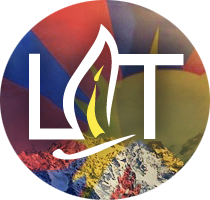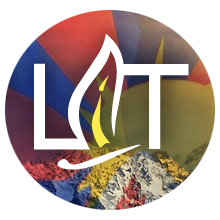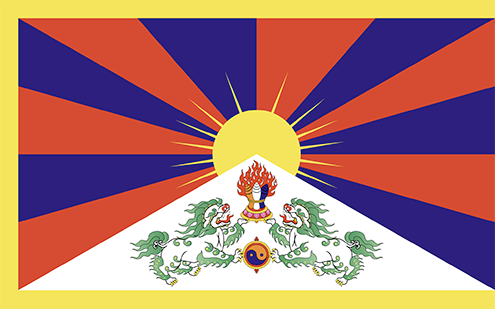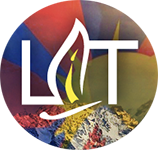The History of Tibet
Tibet is situated between the two ancient civilizations of China and India, separated from the former by the mountain ranges to the east of the Tibetan Plateau and from the latter by the towering Himalayas.
Tibet is nicknamed “the roof of the world” or “the land of snows”. Although the history of the Tibetan state began in 127 B.C., with the establishment of the Yarlung Dynasty, the country was first unified in the 7th Century A.D., under King Songtsen Gampo and his successors.
Although China attempted to exert a degree of influence in Tibet during various
periods, 20th Century Tibet was an independent state that successfully avoided undue foreign influence. Tibet had its own government, language, currency, issued its own passports, had a modern post & telegraph system and its own distinct culture. It was a self-governing country with a distinct emphasis on Buddhism.
However, in 1949, Chinese forces invaded the area under the pretense of liberation. The People Liberation Army of People’s Republic of China quickly defeated the small Tibetan Army and coercively forced the government to sign the ‘Seventeen Point Agreement’ in May 1951, an agreement tying Tibet to China.
With the over 40,000 troops situated in Tibet and growing repression by the Chinese heavily felt, many Tibetans begun to fear for the future of their country, so resistance movements begun to be formed.
By 1959, discontent with the Chinese occupation had become widespread and culminated in a mass popular uprising on March 10th 1959.
This uprising was quickly and brutally suppressed by Chinese troops resulting in more than 90, 000 deaths in the Lhasa region alone and forced the Dalai Lama to flee into the safety of India, where he remains today, unable to return to his homeland.
Every year numerous Tibetans follow the Dalai Lama’s example and prefer to make the dangerous journey across the Himalayas rather than live under the Chinese rule.
China’s occupation of the region has attempted to destroy Tibetan culture. Although the occupation has brought superficial improvements to the region, the basic human rights of Tibetans are extremely limited with thousands imprisoned for exercising their basic freedoms. China has attempted to eradicate their religious identity with over 6,000 monasteries destroyed and the excavation of Tibet’s natural resources has had a crippling effect on many of the rural people’s livelihood.
The discontent with this occupation was noticeable on March 10th 2008, the 49th anniversary of Tibetan National Uprising Day, as widespread protests took place for several days, across the country for the first time in decades. The extreme violence the Chinese forces used to quell the protests demonstrated to the world the suffering that Tibetans endured under China’s rule.
Over 200 Tibetans were killed, thousands were imprisoned and hundreds simply disappeared.
Currently Tibet is under heavy military presence and human rights violations continue to occur daily as Tibetan’s attempt non-violent methods of protests to continue to fight for their basic human rights.




